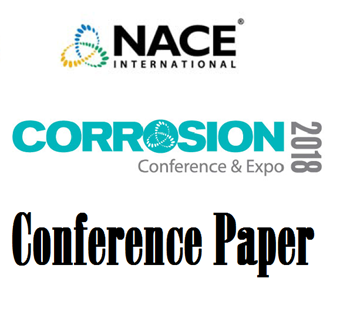Search
Watermain Breaks - Materials Does Matter
Also Purchased
Potential Theory Applied to Cathodic Protection Design, 2nd Edition
Product Number:
37694-POD
ISBN:
978-1-57590-495-5
Publication Date:
2024
$155.00
51318-11244- MIC Considerations for Cathodically Protected Encased Ductile Iron Pipelines: A Case Study
Product Number:
51318-11244-SG
Publication Date:
2018
$20.00
Recently viewed



